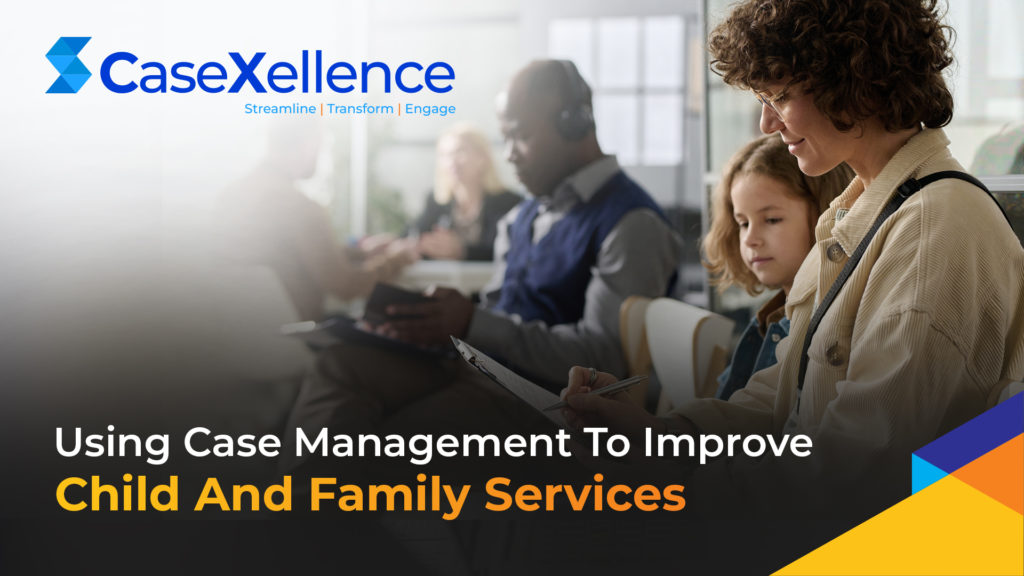It has been said that a nation’s future is determined by its children, who lay the groundwork for success or failure. Because of this, many governments have made child welfare one of their top priorities and rolled out various initiatives focused on education, health, and overall well-being. Unfortunately though, with an increasing number in foster care systems worldwide there needs to be a shift in governmental models towards a more compassionate approach when it comes to caring for these vulnerable citizens.
Table of Contents
Rethinking Child Welfare Models
At the global level, every Federal Agency has its own body dedicated to providing children with care and protection. These groups have a unified goal of improving the services provided for kids as well as elevating their quality of life.
Perspective- Despite the fact that the U.S. alone dedicates approximately $80 billion a year to battling child abuse and neglect when we take into consideration the overall dollars spent on children’s welfare globally, it is evident to see an astounding number of resources committed to this cause. However, what stands out from these government efforts is the considerable spike in US kids who are now part of foster care programs across all states. A data report released by the U.S. Children’s Bureau, dubbed Adoption and Foster Care Analysis and Reporting System (AFCARS), shows a steady rise in the number of minors entering foster care across America.
It is important to analyze a formal foster care program in depth to understand how case management can prove beneficial to federal agencies. To do that, it is essential to examine the different elements that make up this program. This includes assessing and welcoming new families into the system, ensuring that children’s needs are met by their foster family placement, monitoring placements for safety and efficacy over time, continuing to support both children and their families post-placement through reintegration efforts if necessary, and providing aftercare services when needed. All of the aforementioned elements come together to create an effective fostering approach.
If one pays close attention, each process necessitates deliberate and continuous scrutiny along with smooth cooperation. Each child must be considered a unique individual so that the welfare services can satisfy their needs in full. Unfortunately, child welfare caseworkers are spending the majority of their time – around 60-70% – completing case-related activities. Even worse, only 20 to 35 per cent of that work is spent engaging directly or indirectly with the actual clients who need help. This concerning reality needs immediate attention so that vulnerable children and families can receive the assistance they deserve. The urgency of this issue demands that government agencies take action and invest in technology to enhance their foster care system, thereby enabling caseworkers and other stakeholders with the support they need.
Challenges To Deliver Better Foster Care Services
To ensure that children in foster care receive the security of a stable, permanent home, government agencies must frequently review and adjust their plans accordingly. In order to meet this goal more effectively, these organizations are turning towards technology; however, they face tremendous obstacles along the way:
- Legacy Systems- Historically, the success of agencies has been anchored to outdated systems. Unfortunately, these antiquated processes strain agency workers and other stakeholders with their inability to process large volumes of data in a timely manner. Moreover, this hinders them from providing effective care for children or meeting their expectations.
- Siloed Information Systems- Offering high-quality care necessitates the swift sharing of information across departments and systems. Unfortunately, due to disparate state and county systems that lack interoperability, these processes become bogged down in silos with decreased efficiency levels.
- Connecting Front-End And Back-End Systems- When dealing with a case, the stakeholders involved must collaborate to provide a seamless flow of information. This includes caseworkers, child welfare agencies, courts and schools. To ensure effective collaboration between back-end employees and those in the field, technology solutions should be implemented that allow for easy access to data from any location.
Conclusion
To ensure each grant is used to its full potential and better serves youth, caseworkers, supervisors, program plan managers and child-serving agencies are doing all they can. Utilizing the correct technology has proven useful in this pursuit by providing an effective management system for information while also bypassing any current processing issues.
Case Management systems based on BPM and ECM platforms provide a flexible working environment, instant access to highly relevant data, and real-time insights that aid in improving child welfare. By utilizing these solutions, you can assemble a unified case file for each child by consolidating their details from multiple sources. This information is then accessible to all the caseworkers who are able to gain a deep understanding of the kid’s background through comprehensive reports containing school records, foster family history or other care environments. Additionally, caseworkers have access to all pertinent information about each child such as their personal history of abuse cases and regulations surrounding them. With this data in hand, they are able to ensure that these children get placed in a suitable environment where they can thrive.
Government agencies can achieve their ambition to provide superior care by utilizing a custom-made Child and Family Welfare Solution, which empowers case volunteers, notifies foster parents in real-time and enables swift responses from department authorities.
Speridian Technologies stands at the forefront of Case Management solutions for government organizations. Their top-of-the-line offering, CaseXellence, offers countless benefits to these entities and gives them an unbeatable advantage over their competition with its wide range of services such as Gov CX, JusticeAlign, Health & Human Services, etc. Through CaseXellence, organizations across industries including law, finance and child support services can gain a powerful system for their operations. By leveraging the case management technology offered by CaseXellence, users will reap immense benefits irrespective of their field of expertise.
